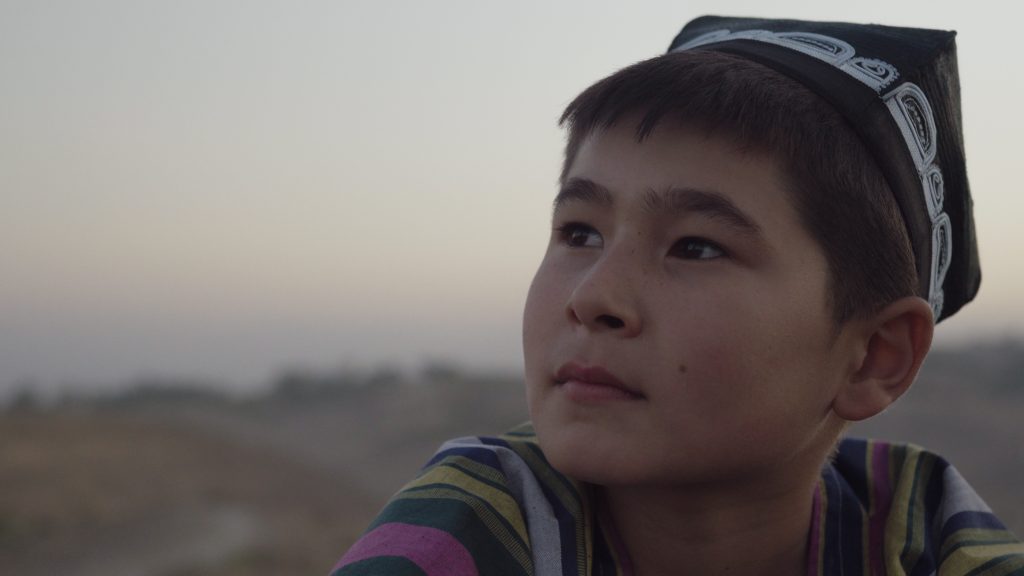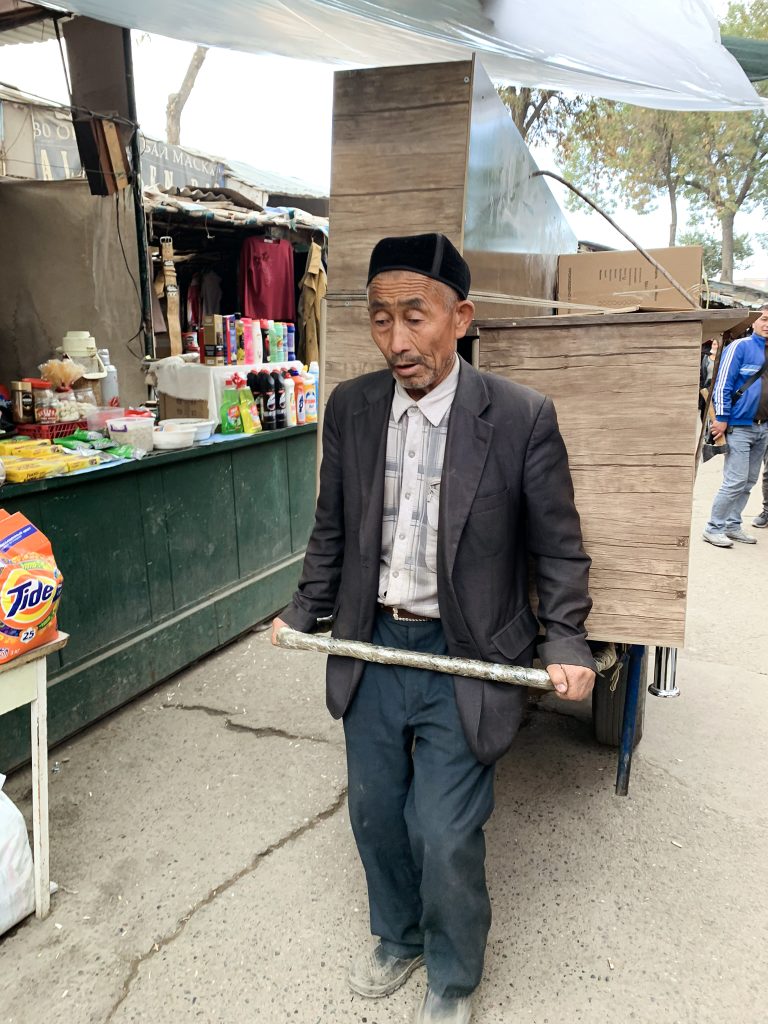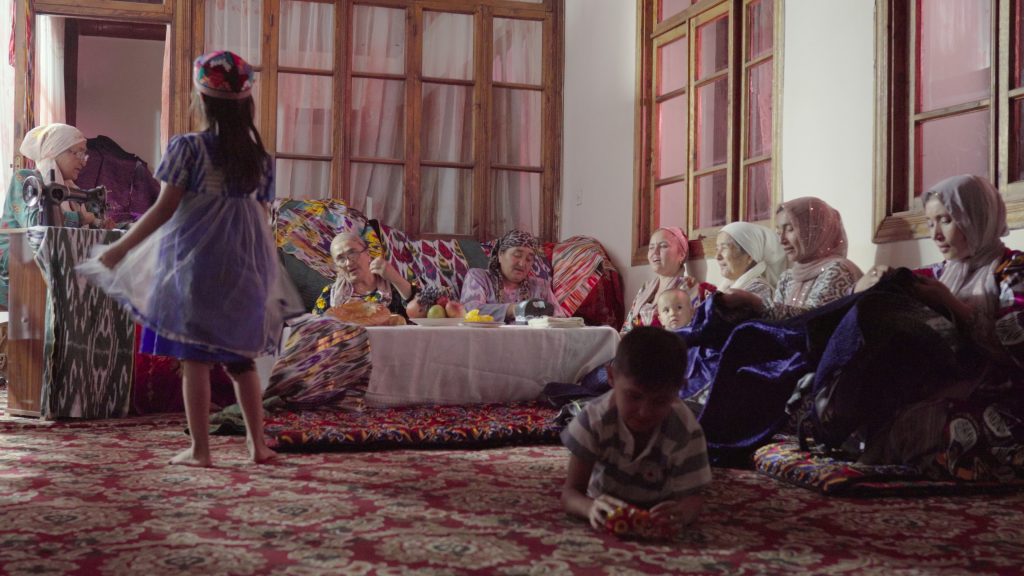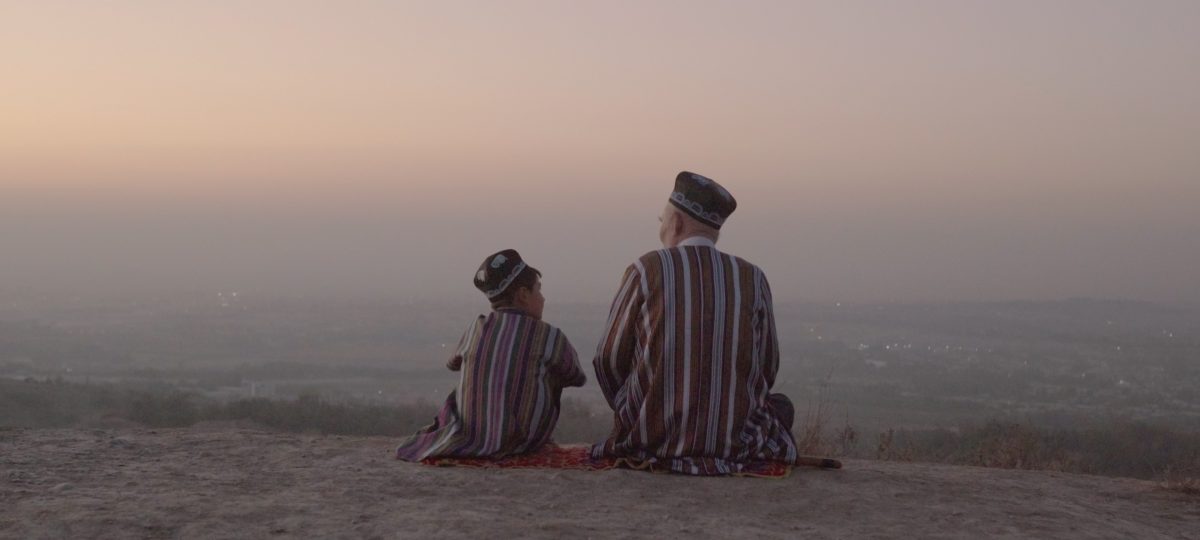The 11 year old boy and his grandfather perched over a landscape that clashed and mingled with their clothes. Their voices echoed a ritualistic conversation where tradition, inherited lore, and the transmitted wisdom of the past made yet another timeless round from old to young.
“Grandpa why do you always sit on this hill?,” the boy asks.

His grandfather’s finger points straight over the hill and across the far eastern Uzbek city of Andijan.
Unfurling as a procession of striking lights, the city bears the dense history of former soviet territory: it underwent a reconstruction of popular identity, a bloody massacre, and fell back on authoritarian rule – at the heart of it all is commodity.


Positive growth.
For Andijan, that commodity is cotton, for which the majority of the population bends backs and blisters hands in the making of Uzbekistan’s $1 billion industry.



Undoubtedly we have no questions to ask which are unanswerable. We must trust the perfection of the creation so far, as to believe that whatever curiosity the order of things has awakened in our minds, the order of things can satisfy. Every man’s condition is a solution in hieroglyphic to those inquiries he would put.
For Andijan, that commodity is cotton, for which the majority of the population bends backs and blisters hands in the making of Uzbekistan’s $1 billion industry.
“ My mother worked in it, my father worked in it, my uncle worked in it, my aunt, my cousin, my grandma worked in it,” Amina Saidova, 36, said as she walked across the furrows hand picking one cotton ball after the other.
And yet, the country’s relation to cotton is marred with a paradox: It went from a ‘backwards’ practice as seen by the USSR, to a token of national pride post-independence, but ultimately cotton has been debased by the Uzbek government to a coercive forced labor system.
“I remember accompanying my mother to the cotton fields where my sister and I would gather small heaps of cotton, while our mother would come by and pick up the piles,” cotton picker Tahmina said as she labored next to Amina. Her name is
Rights groups have repeatedly criticized the country’s massive mobilization of compulsory labor in which children, teachers, health workers, students and state employees are forced to toil for weeks picking cotton.
Farmers are under significant stress because on the one hand they can’t find sufficient numbers of workers, and on the other drying up of resources in the public sector means that they are no longer able to rely on a steady cash income for their labor.
That is why it is detrimental for the elders in the community to ensure the transmission of their way to the younger generation.
Passing down the cotton lifestyles in Abidjan can be just as important as meeting basic physical needs for a household’s survival. This is particularly true when participating in traditional rituals and customs strengthen the social connections needed for economic survival.
Such ritual is called a gap or gashtak, whereby women in Andijan, and in larger Uzbekistan engage in regular gatherings taking place at members’ homes on a rotating basis.

Each member pays a predetermined amount of money that is adjusted for inflation based on the price of meat.
“This month is my turn. I prepared a hot meal and served fruits and sweets. We’ll spend the evening chatting and sewing. This is an occasion for us to have fun and loosen up,” Zummara Yakubova, 68, said.

Her house was smeared in bright, bold colors and hands that threaded reds and blues in patterns original to Andijan.


As Zummara worked her machine, her granddaughter approached her with a curious question.
“Grandma what is embroidery, and will you teach me it?”
“My daughter, embroidery is our pride and livelihood. And like I was taught by my grandmother and she was taught by hers, I will teach you.”

